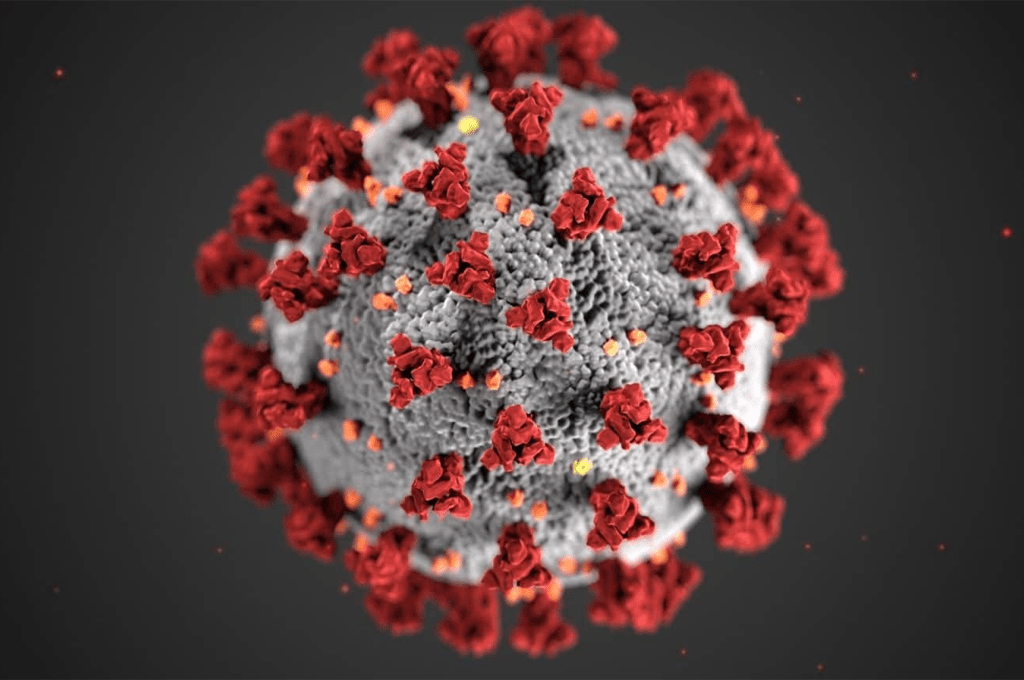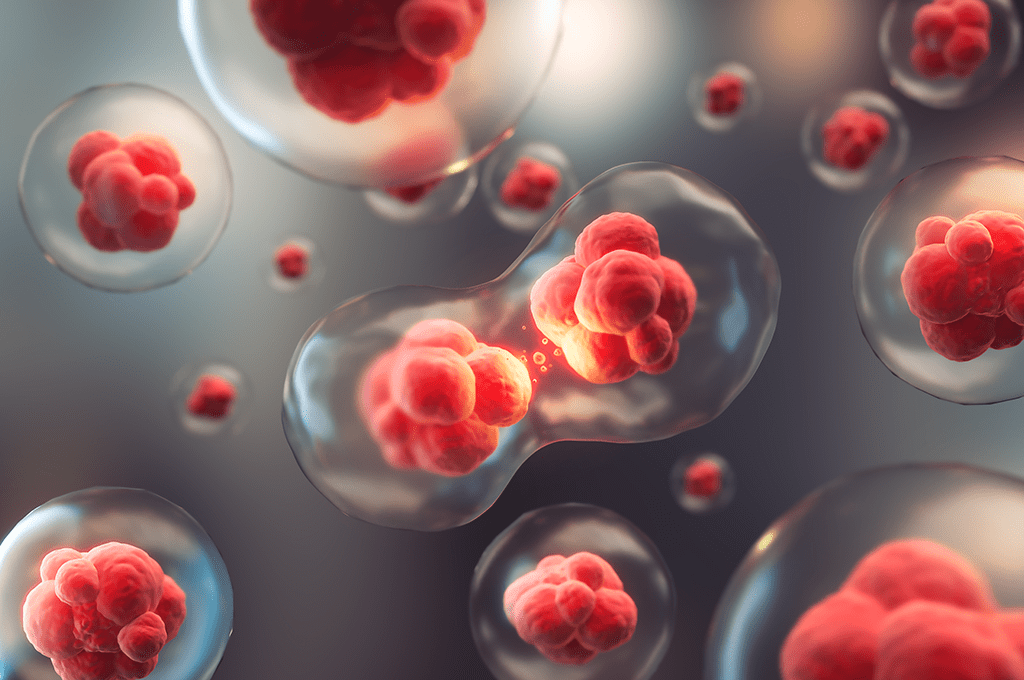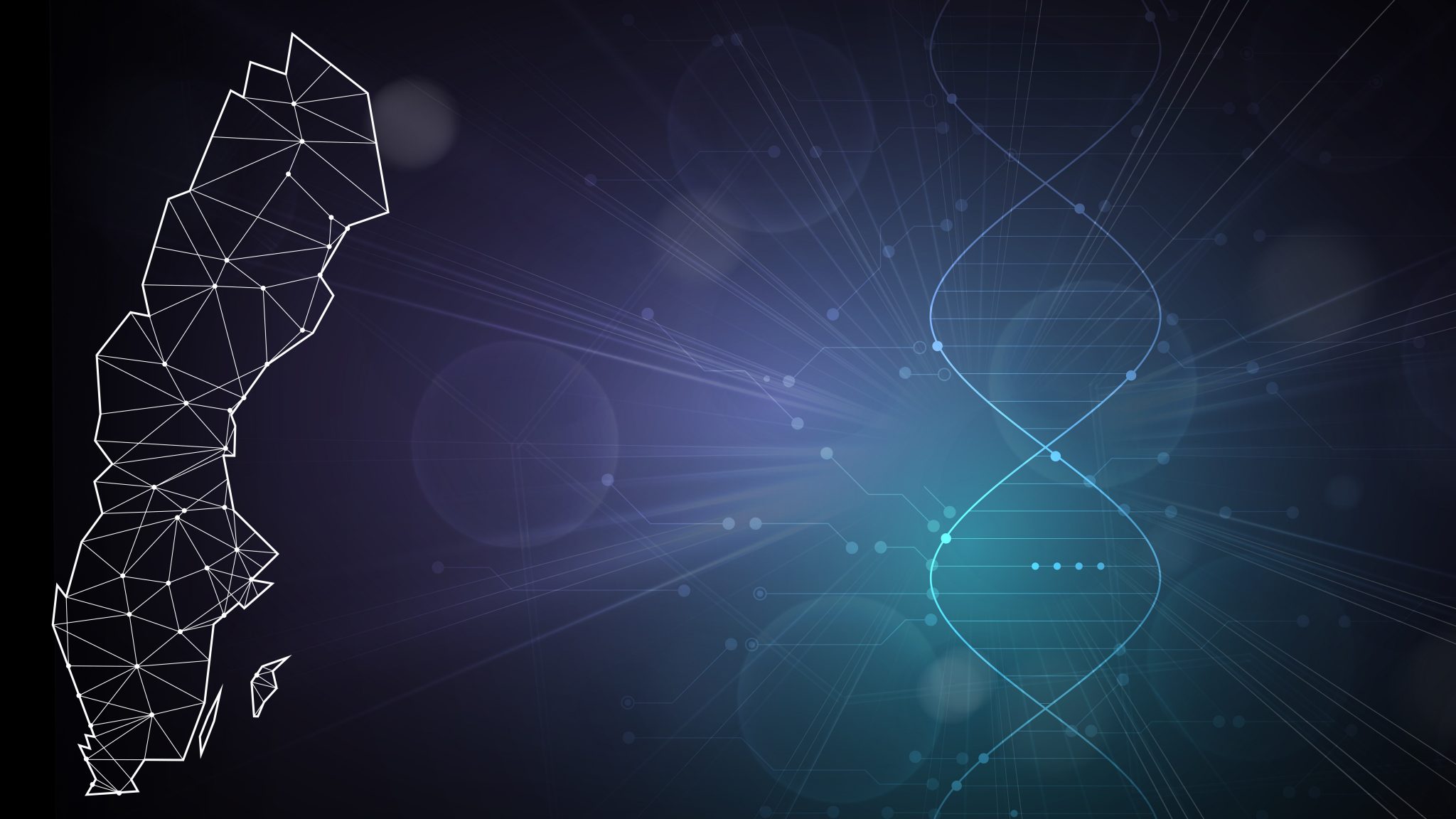New insights into silencing of parasitic DNA elements and genomic stability
A study led by newly recruited faculty Simon Elsässer at Karolinska Institutet/SciLifeLab shows that a specialized histone protein, one of the abundant molecules responsible for compacting our DNA in the cell nucleus, maintains genomic stability by silencing ‘parasitic’ DNA-elements. The study was published in Nature.
Simon Elsässer joined Karolinska Institutet/SciLifeLab in the beginning of 2015, from the MRC Laboratory of Molecular Biology, Cambridge, UK, and is one of eight SciLifeLab fellows recruited by the SciLifeLab host universities last year. His research focuses on applying new synthetic and chemical biology methods to understand chromatin structure and function. His work with colleagues at The Rockefeller University, New York, USA, recently led to a publication in Nature where they have been elucidating the mechanism of how certain DNA elements in mouse cells are silenced. These ‘parasitic’ DNA elements, called transposons, can jump and multiply within a host genome and have played an active role in animal evolution, facilitating genetic variation and adaptation. But their activity represents a threat to the host genome and thus they are almost always actively repressed, or silenced, by various proteins and regulatory RNAs produced by the host genome.
Simon Elsässer’s team has found a new factor that is used to mark specific DNA elements that should be silenced. It is a protein called histone H3.3. Histones are proteins that wrap our DNA like strings on beads and facilitate packing of DNA 10 000 fold to fit in the cell nucleus. Through this packaging mechanism, researchers think that histone proteins are the key to regulating access to the genetic information by making different parts of the DNA accessible to factors that express the gene, so-called epigenetic regulation.
“Histone proteins carry a large number of distinct chemical modifications or ‘marks’, providing a verbose epigenetic language.” says Simon Elsässer. “As a field, we have only started to appreciate the intricate complexity of this histone code. It has been appreciated in the last decade that, just like errors in the genetic language itself, failure to maintain the epigenetic information can cause human disease, such as developmental disorders or cancer”.
H3.3 has been intensely studied in other processes but no one has looked at transposable elements, possibly because they are often considered to be of no particular function to the cell. Unexpectedly, the study shows that a large fraction of H3.3 occupies transposable elements in the mouse embryonic stem cells and that it is required to permanently silence the underlying DNA elements. The combination of H3.3 and a known silencing mark – histone H3 lysine 9 trimethylation (which in no other instance are found together) – provides an exceptionally strong signal to the cell to ‘not read from this genomic region’.
When Simon’s team deleted all H3.3 genes, they found that certain previously silenced transposable elements were reactivated and continued to multiply in the genome – the result is the appearance of new genetic alleles and chromosomal abnormalities, both are familiar early events in the formation of tumors.
The researchers think that, while different types of transposable elements are prevalent in humans, the same mechanism may be in action in human cells. Over the last few years a number of cancer types have been found to harbor frequent and recurrent mutations in the histone variant H3.3 and two other associated genes, DAXX and ATRX, notably pancreatic neuroendocrine tumors and childhood gliomas.
“We found that DAXX and ATRX proteins, like histone H3.3, are required for the silencing mechanism. Thus it is possible that the new molecular detail we describe plays an important role in maintaining genomic stability in the affected human tissues,” says Simon Elsässer.
Publication: ”Histone H3.3 is required for endogenous retroviral element silencing in embryonic stem cells”, Simon J. Elsässer, Kyung-Min Noh, Nichole Diaz, C. David Allis, Laura A. Banaszynski, Nature, online April 4, 2015, DOI: 10.1038/nature14345.




